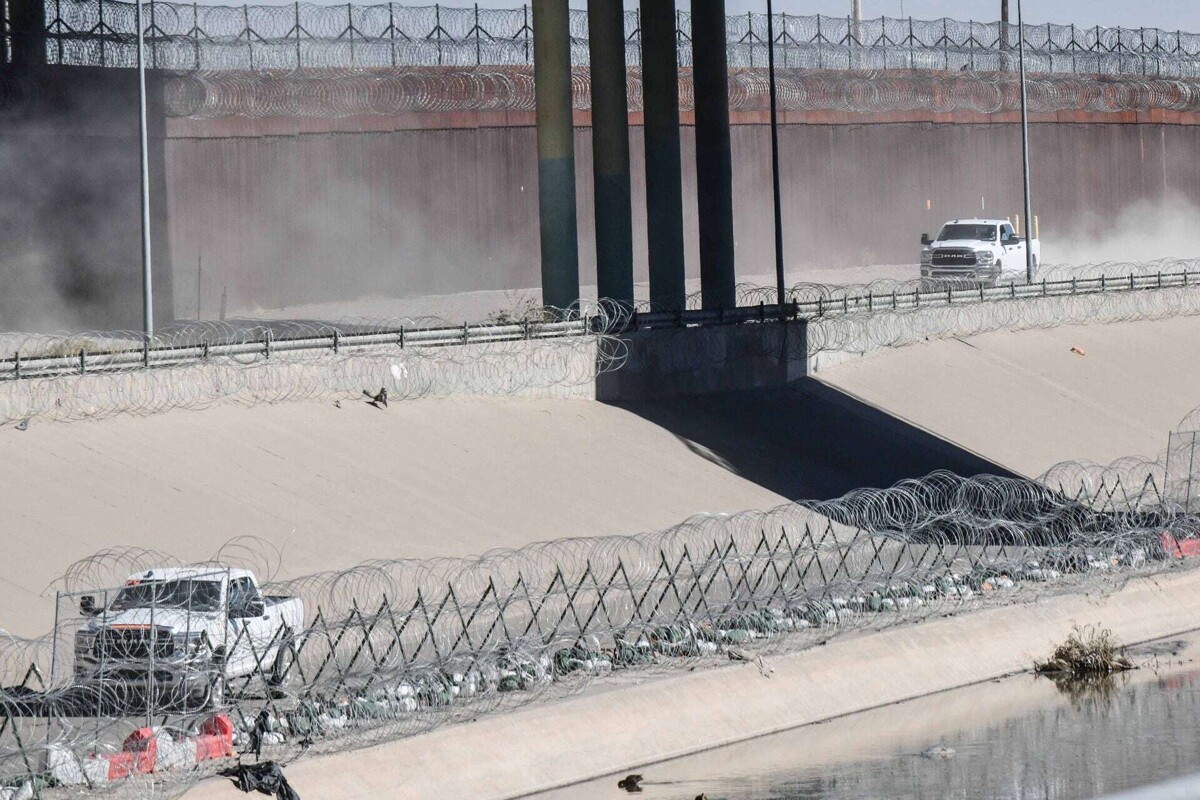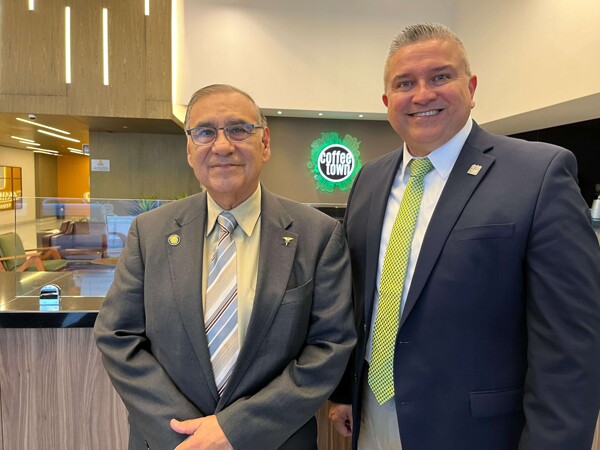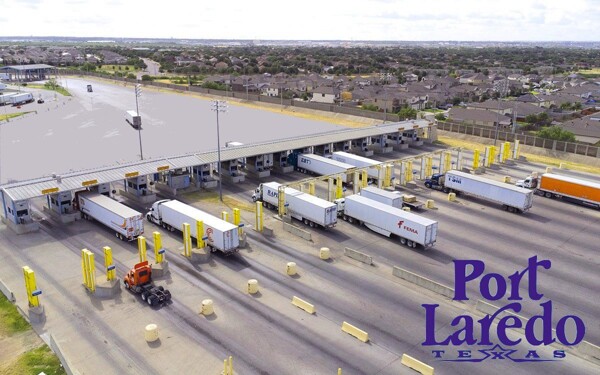
Anthony, his wife, and daughter arrived in Matamoros, Tamaulipas, on January 18 with the expectation of crossing into the United States based on their CBP One appointment scheduled for the 21st. However, one day before their appointment, this family was affected by the cancellation of appointments and services that facilitated migrants in submitting their asylum applications, following the change in the administration of Donald Trump.
"We were told that the CBP officials were no longer working and did not let anyone through. I don't know what we are going to do because we are without money, without clothes, without anything; we left everything because we thought we were going to cross," said Anthony, reflecting the uncertainty his family faces in this situation.
After six months in Mexico, waiting for their scheduled appointment through CBP One to apply for asylum in the United States, this family decided to approach the border harboring the hope of crossing without being aware of the new obstacles that would arise for migrants under the new presidency.
Amid this problem, what is the option for stranded migrants? Multiple media outlets have reported hundreds of families going through situations similar to Anthony's, even coming from countries like Venezuela. The reactivation of the "Remain in Mexico" program has been announced, forcing asylum seekers to remain in Mexican territory during the resolution process of their cases.
Under this program, migrants seeking asylum are summoned to appear before a U.S. court with specific instructions on where and when to report. Those who are granted asylum or protection against deportation can remain in the United States according to the laws in force.
However, this measure poses risks for migrants, who have historically faced various dangers while waiting in Mexican cities, including precarious living conditions, exposure to criminal activities, and violence of different levels. Uncertainty and challenges are a constant for those trapped in this situation.












